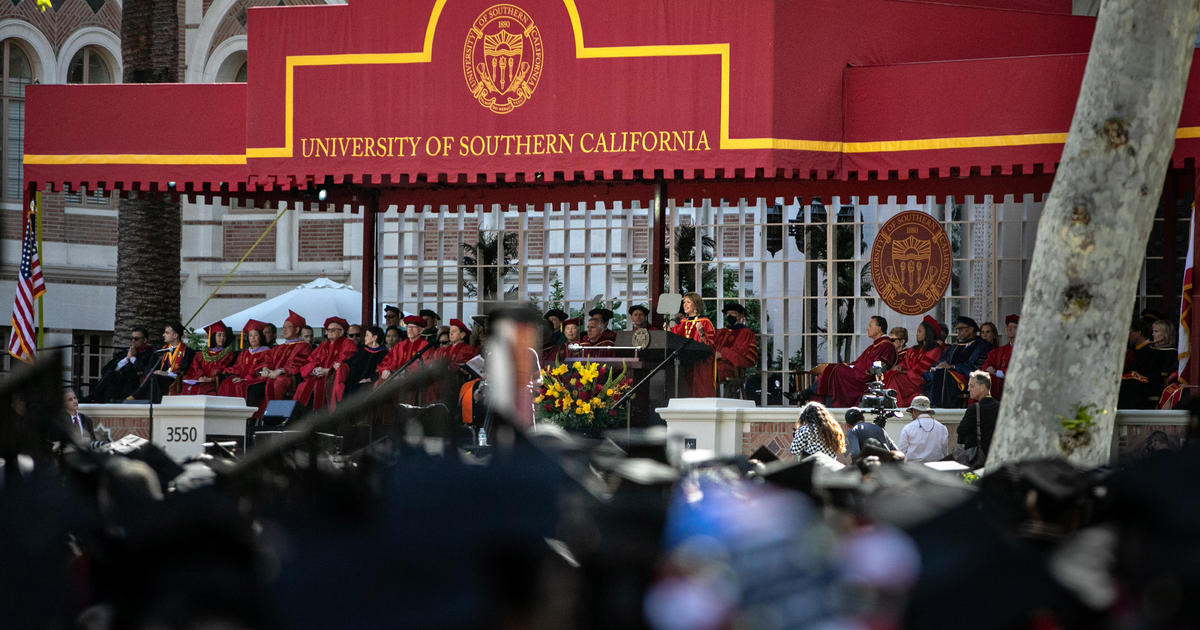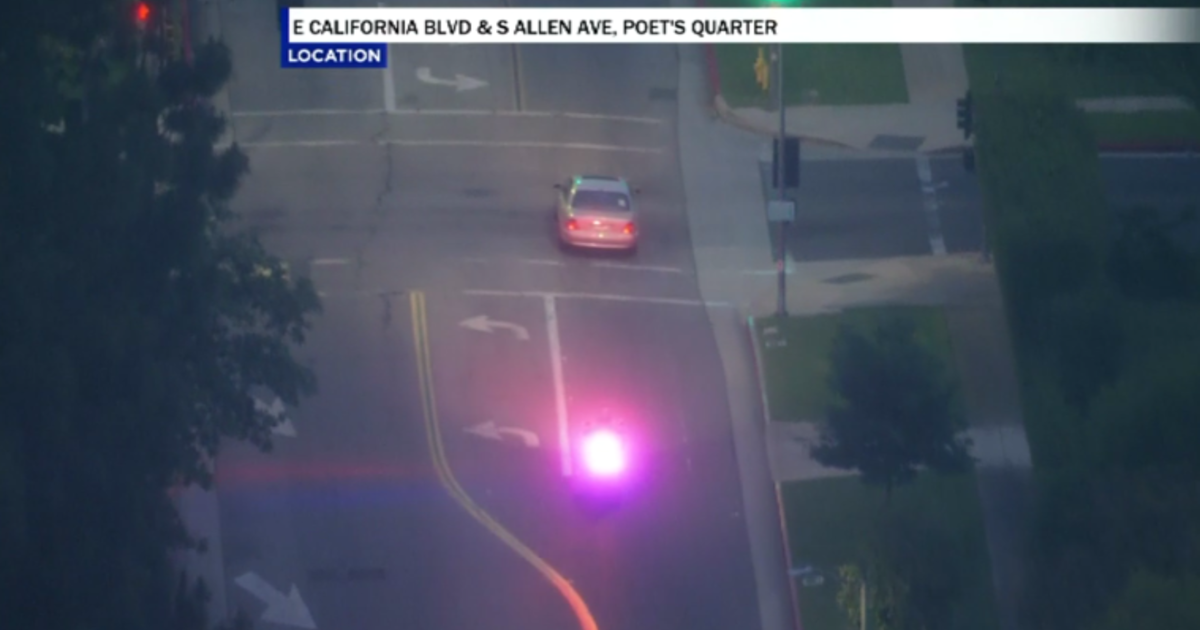California's Mid-Year Cuts Loom For Schools, Services
SACRAMENTO (AP) — Californians will find out Tuesday how much the state will automatically cut from public schools, higher education and a range of state services.
State finance director Ana Matosantos will release the department's latest forecast for the current fiscal year, which will determine how much in pre-approved cuts the state will need to make starting Jan. 1.
The cuts to be implemented include up to $100 million each to the University of California, California State University, developmental services and in-home support for seniors and the disabled. Community college fees would increase $10 per unit, and reductions would be made for child care assistance, library grants and prisons, among other programs.
The state could cut public school funding by up to $1.4 billion, which could prompt school districts to lay off staff, further cut expenses and dip into reserves. The state could allow school districts to reduce the school year by up to seven days, from 175 to 168. California had 180 school days before the recession hit.
Democratic lawmakers and Gov. Jerry Brown had hoped for a $4 billion increase in tax revenue through the current fiscal year, which ends June 30. The budget they passed last summer was based on a combination of spending cuts, fee hikes and projections of higher tax revenue. Republican lawmakers, who blocked Brown's proposal for a tax measure as part of a compromise on the state budget, criticized the revenue projection as overly optimistic.
The budget passed by Democrats and signed by Brown included automatic midyear spending reductions — known as "trigger cuts" — if revenue projections don't pan out. Brown has said the move was necessary to prevent the state's credit rating from deteriorating further.
On Tuesday, the finance department will release its much-anticipated report after the Legislative Analyst's Office predicted that a gloomy economic outlook will cause the state to collect $3.7 billion less than assumed.
The analyst's office projected the state faces $2 billion in automatic spending cuts but the actual amount of cuts will depend on the higher of the two revenue projections.
The trigger cuts do not require further action by the Legislature. The Department of Finance will make a determination about actual spending cuts once it determines which revenue projection is higher.
California currently faces a $3 billion shortfall and is expected to face a $10 billion deficit for 2012-13, resulting in a $13 billion gap over the next 18 months.
California's general fund, its main checkbook for paying most state expenses, has dropped from $103 billion at the start of the recession in 2007 to $86 billion this year, a decline of more than 16 percent. Lawmakers have been making billions of dollars in cuts each year to cope with plunging tax revenue.
Since GOP members opposed Brown's proposal to place a tax question before voters, he has introduced his own tax initiative to maintain a campaign promise not to raise taxes without asking voters.
In an open letter to the people of California, Brown said he wants to temporarily increase taxes on the rich, starting with individuals making more than $250,000, and raise the statewide sales tax by half a cent, to 7.75 percent. The proposal would raise about $7 billion a year for five years.
(© Copyright 2011 The Associated Press. All Rights Reserved. This material may not be published, broadcast, rewritten or redistributed.)



